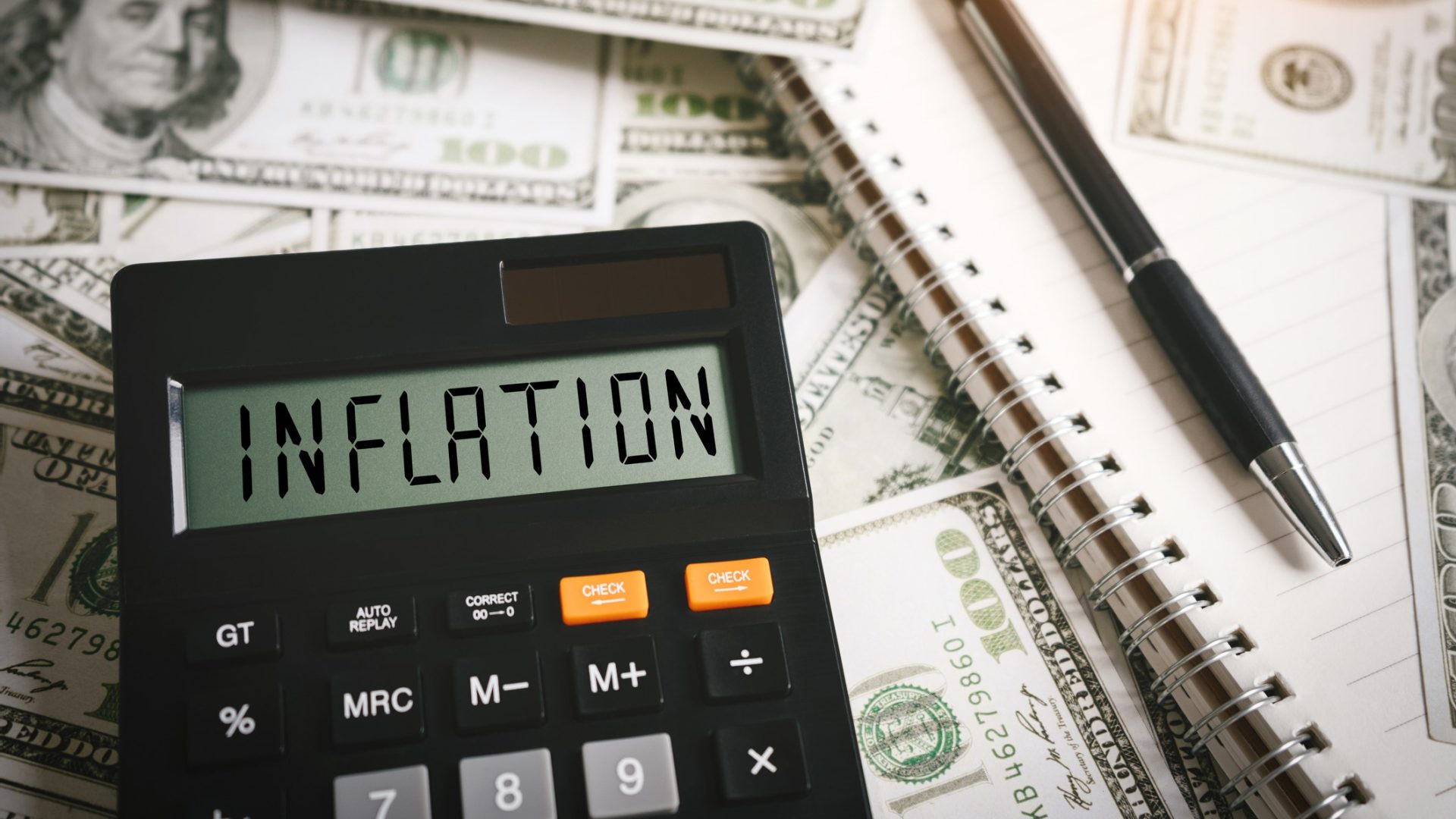
As the prices of many goods and services continue to skyrocket, there’s been a ton of media coverage on the subject of inflation. In July, the year-over-year inflation rate was a whopping 8.5%, as measured by the Consumer Price Index, or CPI.
Most news coverage references CPI as the main indicator of how bad inflation is — but some people are feeling the effects of inflation differently than others. So, what exactly is the CPI, and how does it calculate the rate of inflation? Below, Select takes a closer look at how the Consumer Price Index measures the impact of inflation on everyday consumers.
What is the Consumer Price Index (CPI)?
Let’s start with some basics. First of all, inflation is defined as the broad rise of prices in goods and services in the economy, and economists use different indices — such as the Consumer Price Index and the Personal Consumption Expenditure price index, or PCE price index — to measure it.
In other words, think of these indices as a representative basket of goods and services that the average consumer purchases says Michael Gapen, head of U.S. economics research at Bank of America.
The Federal Reserve System’s preferred index for measuring inflation is called the Core PCE price index and is generally better at measuring the effects of inflation throughout the economy than the Consumer Price Index. Unlike the PCE price index, which includes food and energy, the Core PCE price index strips out food and energy prices since those categories tend to be more volatile.
The CPI, on the other hand, is useful since it can be used to measure how households are being directly impacted by inflation.
The U.S. Bureau of Labor Statistics calculates the Consumer Price Index by collecting information on the price of goods and services such as food, new and used cars, shelter, clothing, and gasoline, from more than 22,000 retailers and 6,000 housing units in 75 urban areas. The CPI is then used to measure the change in prices of goods and services that the average urban consumer buys.
Breaking down the Consumer Price Index
When you hear that prices have risen 8.5% compared to the previous year, it doesn’t mean that prices of items have risen equally across the board.
Instead, the CPI weighs certain spending categories more than others based on the things people, on average, are spending their money on. The U.S. Bureau of Labor Statistics determines the weight of each spending category by taking a look at the Consumer Expenditures Survey, which focuses on the spending habits of more than 20,000 consumers from two years prior.
In other words, the Consumer Price Index weighs more heavily on the categories of things people are spending more money on. For example, the ‘services fewer energy services’ category includes shelter and services such as car rentals and makes up roughly 56% of the CPI. The food category, meanwhile, makes up 13%, while the energy services category makes up a little over 3%.
The U.S. Bureau of Labor Statistics has an innovative way of measuring shelter costs as well, with the Shelter Index capturing the cost of housing for both renters and homeowners, focusing on both the rent tenants pay and how much the rent equivalent would be if an owner rented a property similar to their own.
While certain spending categories have increased dramatically lately, some of them comprise a smaller percentage of most people’s budgets than others. The energy services category, for instance, has increased by nearly 19% year-over-year while the shelter category has experienced a more modest increase of 5.7%. Note that shelter, however, is weighted more heavily than energy in the Consumer Price Index.
With the cost of food rapidly increasing — by nearly 11% between this year and last year —it might make sense to consider signing up for a credit card that offers rewards for all your grocery purchases.
Select ranked the Blue Cash Preferred® Card from American Express as one of the best grocery rewards credit cards since it offers 6% cash back at U.S. supermarkets on up to $6,000 worth of purchases per year, then 1% cash back. Cardholders can also earn 6% cash back for using certain streaming services, 3% cash back for purchases made at U.S. gas stations and for transit — including ride-sharing services, taxis, parking, tolls, buses, and trains — and 1% cash back for all other purchases. You’ll also earn $350 worth of statement credits after spending at least $3,000 with the card within the first six months of membership. Note, however, that the card does have an annual fee of $95.
Another popular option is the Blue Cash Everyday® Card from American Express, a no-annual-fee card that offers 3% cash back at U.S. supermarkets for up to $6,000 worth of purchases per year, then 1% cash back. Cardholders can also earn 3% cash back when they visit U.S. gas stations and shop with online retailers — up to $6,000 per year, then 1% cash back, for each category. You can also earn $200 worth of statement credits after spending at least $2,000 within the first six months of membership.
Bottom line
The Consumer Price Index is a popular resource used by policymakers, economists and journalists to measuring inflation. The U.S. Bureau of Labor Statistics collects relevant spending information from retailers, consumers, homeowners and renters to help determine how much the price of goods and services have increased over time, thereby defining today’s true cost of living.


